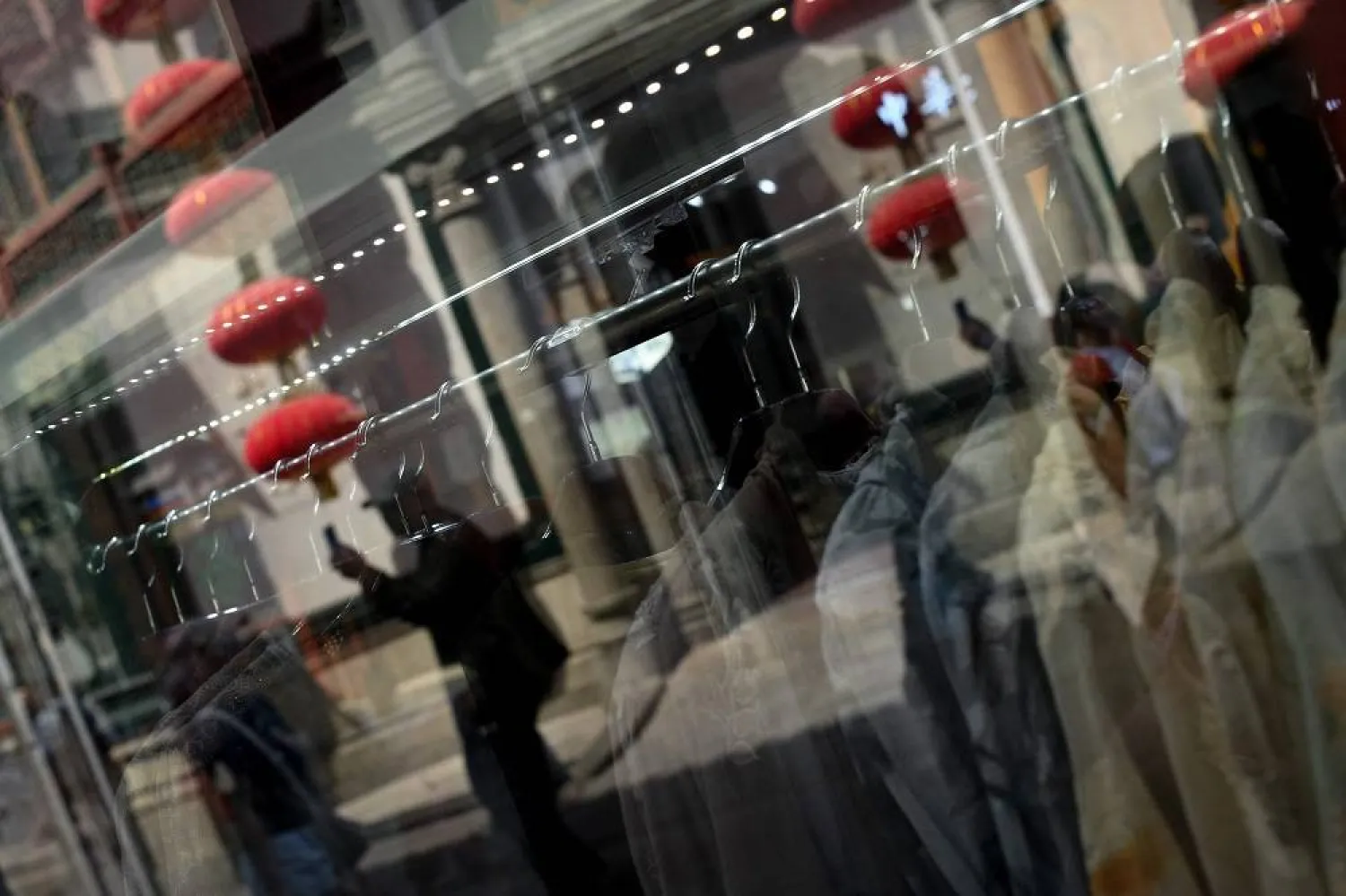Around 30 million individuals are heading to markets in Saudi Arabia to buy rice for Zakat al-Fitr, charity taken for the poor a few days before the end of fasting in the Islamic holy month of Ramadan.
Rice, a prominent commodity in Saudi Arabia, is the benefactor’s choice to give out as charity.
Usually each individual donates three kilograms of rice for Zakat al-Fitr, which is amounting this year to over 462 million Saudi rials ($123 million). Over 90,000 tons of rice are being distributed to the poor.
According to rice importers, the value of spending fluctuates according to the quality of rice being bought. Most consumers opt to buy rice that sells between 5 and 8 Saudi rials per kilogram.
Mohammed Shalan, the chairman of the board of directors at Abdul Rahman Al Shalan Sons Trading Co, confirmed that rice is the commodity of choice when it comes to distributing Zakat al-Fitr. Estimations indicate that 30 million individuals will be giving out 3 kilograms of rice each this year, Shalan said.
Shalan, whose company is one of the lead rice suppliers in the Kingdom, said that for the two months linked to Ramadan the consumption of rice rises significantly in the Kingdom. During those 60 days, rice consumption rates make up around 30% of the annual consumption volume which is estimated at 1.4 million tons.
The spike in consumption is a reflection of multiple factors. Families in Saudi Arabia consume more rice around Ramadan.
The commodity is integral to Suhoor meals, charity, Eid feasts and Zakat al-Fitr.
As for supply, Shalan reassured that market demand is covered despite the coronavirus pandemic. Demand was secured early on by authorities, who supported the private sector and backed the entry of goods into the Kingdom, which has stabilized the market, Shalan said.







